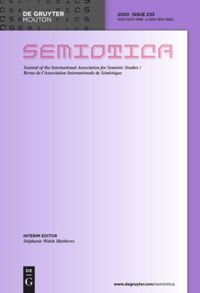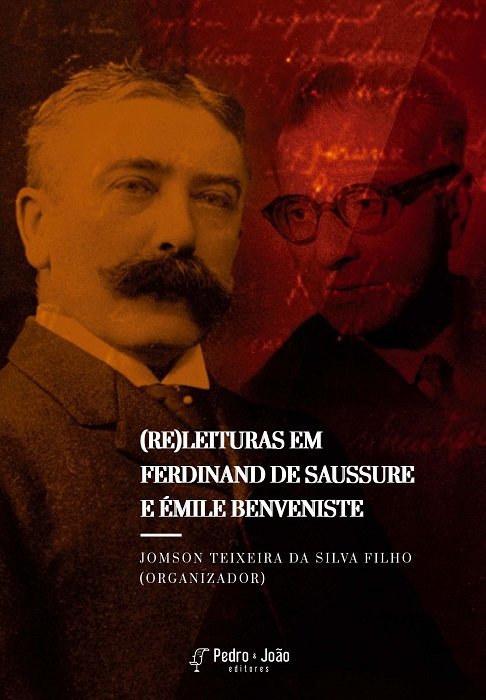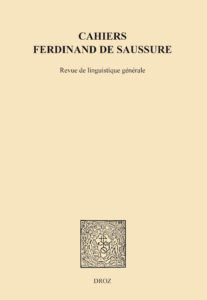Histoire Épistémologie Langage 43/1 (2021), Dossier thématique : « La grammaire grecque étendue », sous la direction de Émilie Aussant et Lionel Dumarty, SHESL / OpenEdition Journals, 244 p., ISSN : 0750-8069
Publié en ligne : octobre 2021
DOI : https://doi.org/10.4000/hel.277
Numéro entièrement disponible en ligne sur OpenEdition Journals et téléchargeable sous format ePub.
Table des matières

Hommage
– Danielle Candel, Jean-François Sablayrolles (1951-2020)
Dossier thématique : la grammaire grecque étendue, sous la direction de Émilie Aussant et Lionel Dumarty
– Émilie Aussant et Lionel Dumarty, Présentation
– Frédérique Biville, De la grammaire grecque à la grammaire latine et gréco-latine
– Margherita Farina, La tradition grammaticale syriaque comme « extension » de la grammaire grecque. Les parties du discours et le participe
– Jean-Patrick Guillaume, L’« hypothèse grecque » et le débat sur les origines de la tradition grammaticale arabe
– Sylvie Archaimbault, La terminologie grammaticale russe et ses sources grecques
Varia
– Manuel Sartori, Le ʿaṭf nasaq : une « coordination » pléonastique ? Contribution à l’histoire de la grammaire arabe
Dossier : l’écriture dans la théorie du langage de Wilhelm von Humboldt
– Lucie Bourassa, Résumé du dossier
– Wilhelm von Humboldt, Über die Buchstabenschrift und ihren Zusammenhang mit dem Sprachbau
– Lucie Bourassa, Glossaire
– Lucie Bourassa, De l’alphabet à l’articulation. L’écriture dans la théorie du langage de Wilhelm von Humboldt
– Lucie Bourassa, Bibliographie
Lectures et critiques
– Anne-Gaëlle Toutain, Bank Jensen, Viggo & D’Ottavi, Giuseppe, éd. 2020. From the Early Years of Phonology. The Roman Jakobson – Eli Fischer-Jørgensen Correspondence 1949-1982,
Copenhague : Det Kongelige Danske Videnskabernes Selskab (Scientia Danica. Series H, Humanistica 8, 20). 402 p.
– Anne-Gaëlle Toutain, Imrényi, András & Mazziotta, Nicolas, dir. 2020. Chapters of Dependency Grammar. A Historical Survey from Antiquity to Tesnière (Studies in Language Companion Series, 212). Amsterdam & Philadelphie : John Benjamins. 281 p.
– Pierre-Yves Testenoire, Saussure, Ferdinand de. 2018. La grammaire du gotique. Deux cours inédits. 1. Cours de grammaire gotique (1890-1891) ; 2. Cours de grammaire gothique (1881-1882) accompagnés d’autres articles de Saussure sur le gotique, éd. avec notes et commentaires par André Rousseau. Paris : Honoré Champion (Bibliothèque de grammaire et de linguistique, 54). 504 p.
– Lionel Dumarty, Sandri, Maria Giovanna. 2020. Trattati greci su barbarismo e solecismo: introduzione ed edizione critica, (UALG, 135). Berlin & Boston : De Gruyter. xi + 320 p.
– Jean-Patrick Guillaume, Sheyhatovitch, Beata & Kasher, Almog, éd. 2020. From Sībawayhi to ʾAḥmad Ḥasan al-Zayyāt. New Angles on the Arabic Linguistic Tradition, Leyde & Boston : Brill. 235 p.
Rhéa Delveroudi, Van Rooy, Raf. 2020. Greece’s labyrinth of language. A study in the early modern discovery of dialect diversity, (History and Philosophy of the Language Sciences, 2). Berlin : Language Science Press. 225 p.
– Jacques François, Bréal, Michel. 2020. Introductions à la Grammaire comparée des langues indo-européennes de Franz Bopp, avec une préface de Gabriel Bergounioux. Limoges : Éd. Lambert-Lucas. 147 p.
– Didier Samain, McElvenny, James, éd. 2019. Gabelentz and the Science of Language,
Amsterdam : Amsterdam University Press. 316 p.
– Gerda Haßler, Coseriu, Eugenio. 2020. Geschichte der romanischen Sprachwissenschaft. Vol. 2 : Von Nebrija (1492) bis Celso Cittadini (1601). Die Epoche des Humanismus [Texte intégral], éd. par Wolf Dietrich. Tübingen : Gunter Narr. 293 p.
Ouvrages de collaborateurs d’HEL






